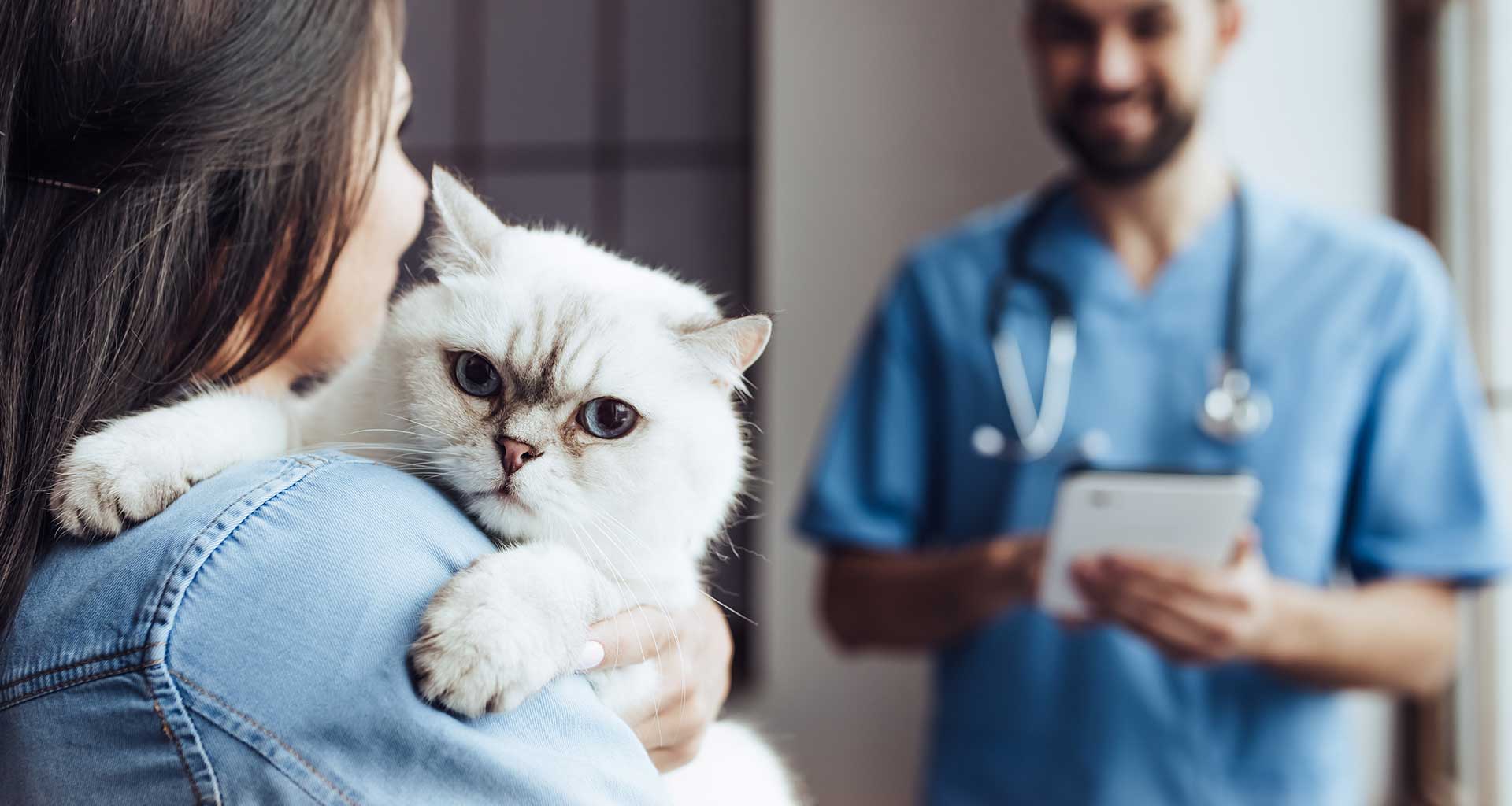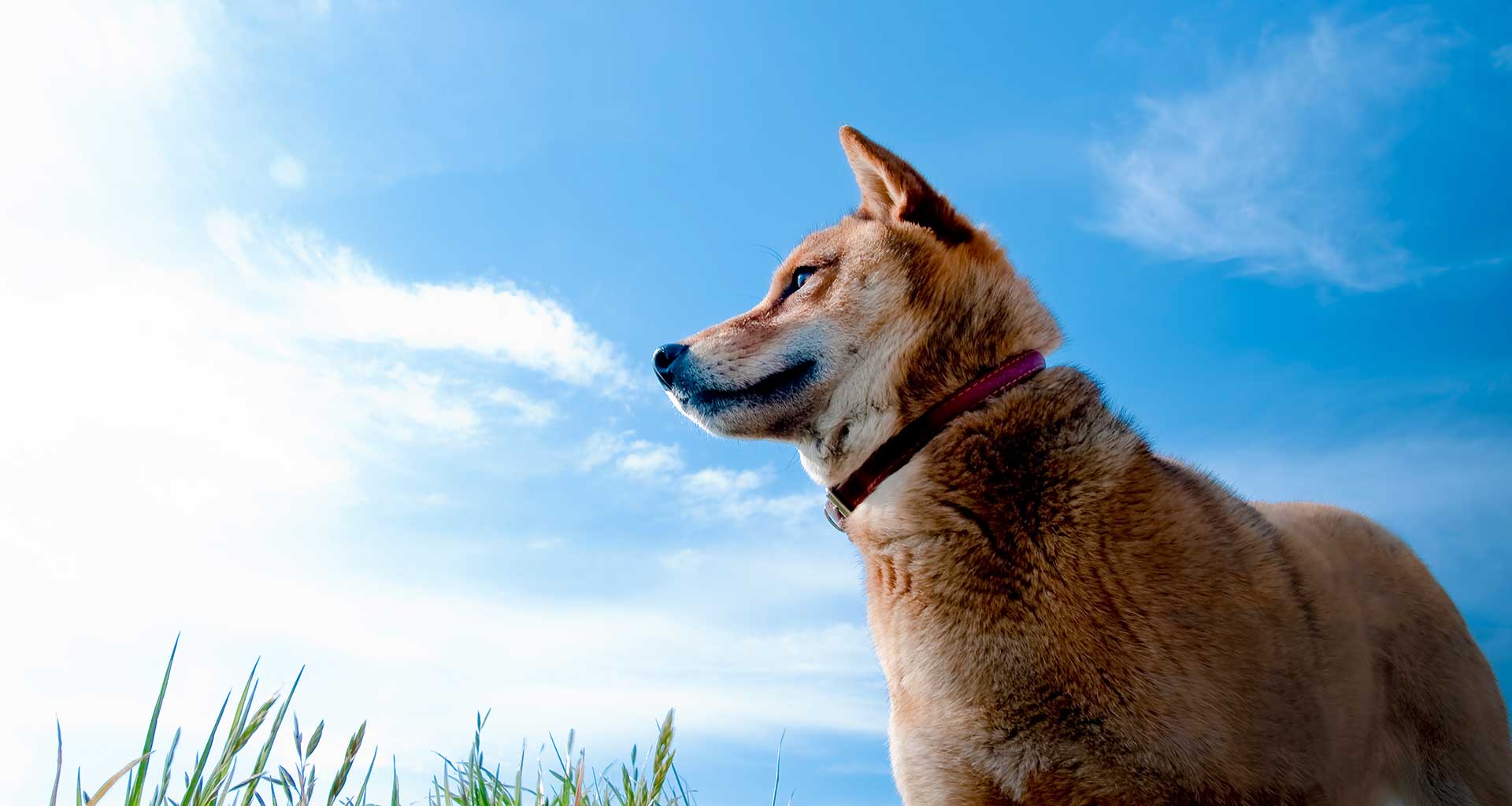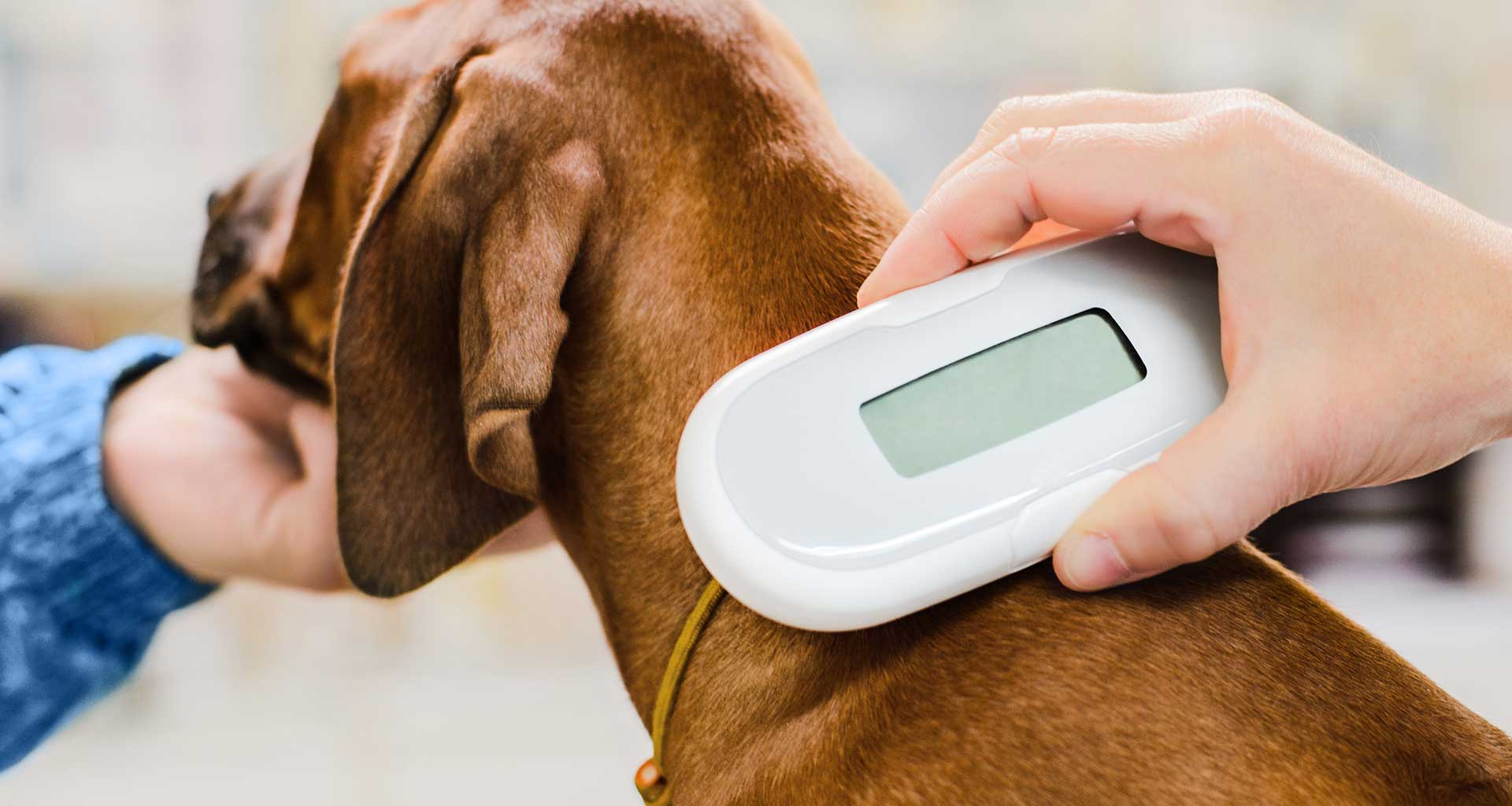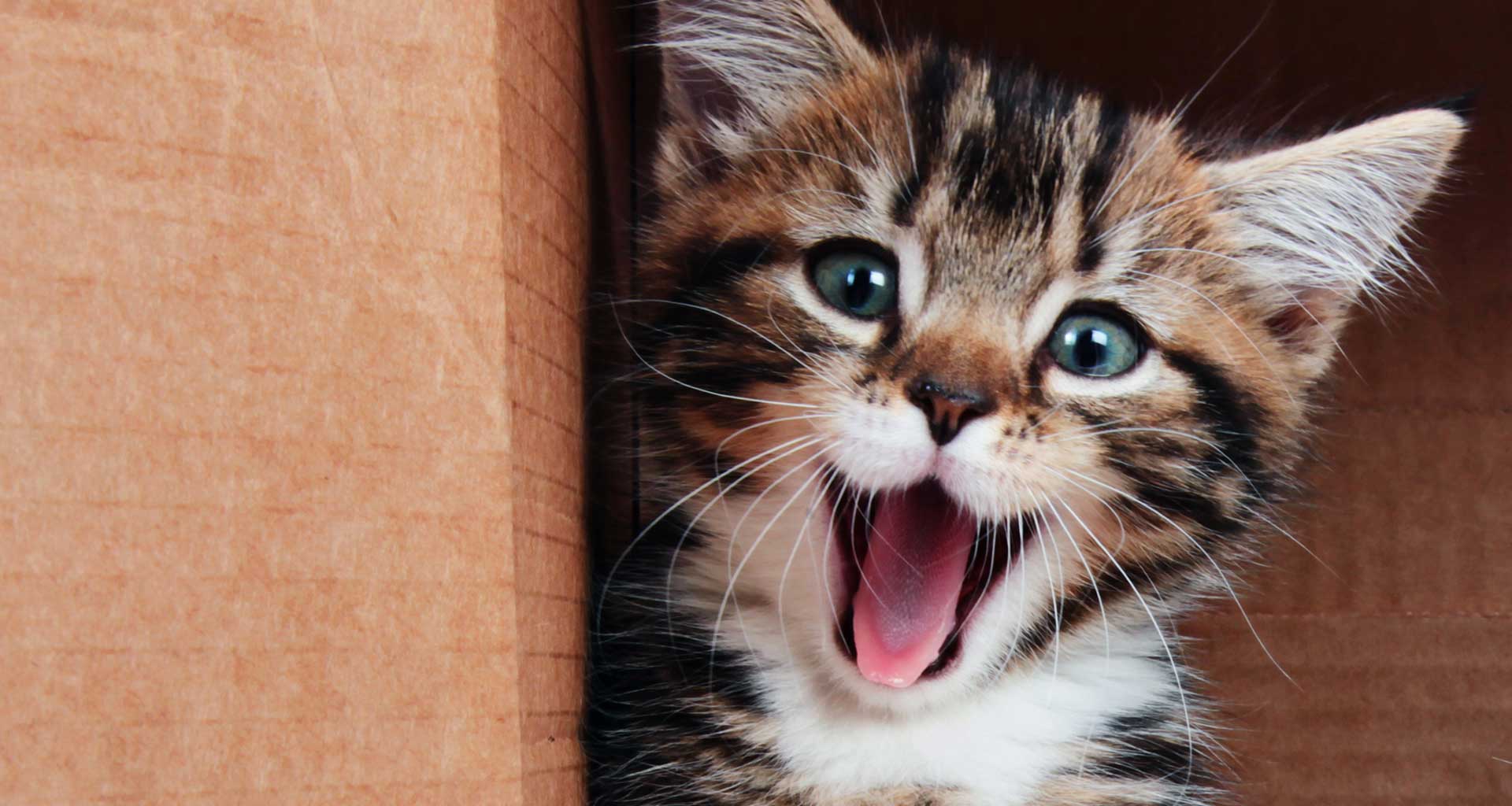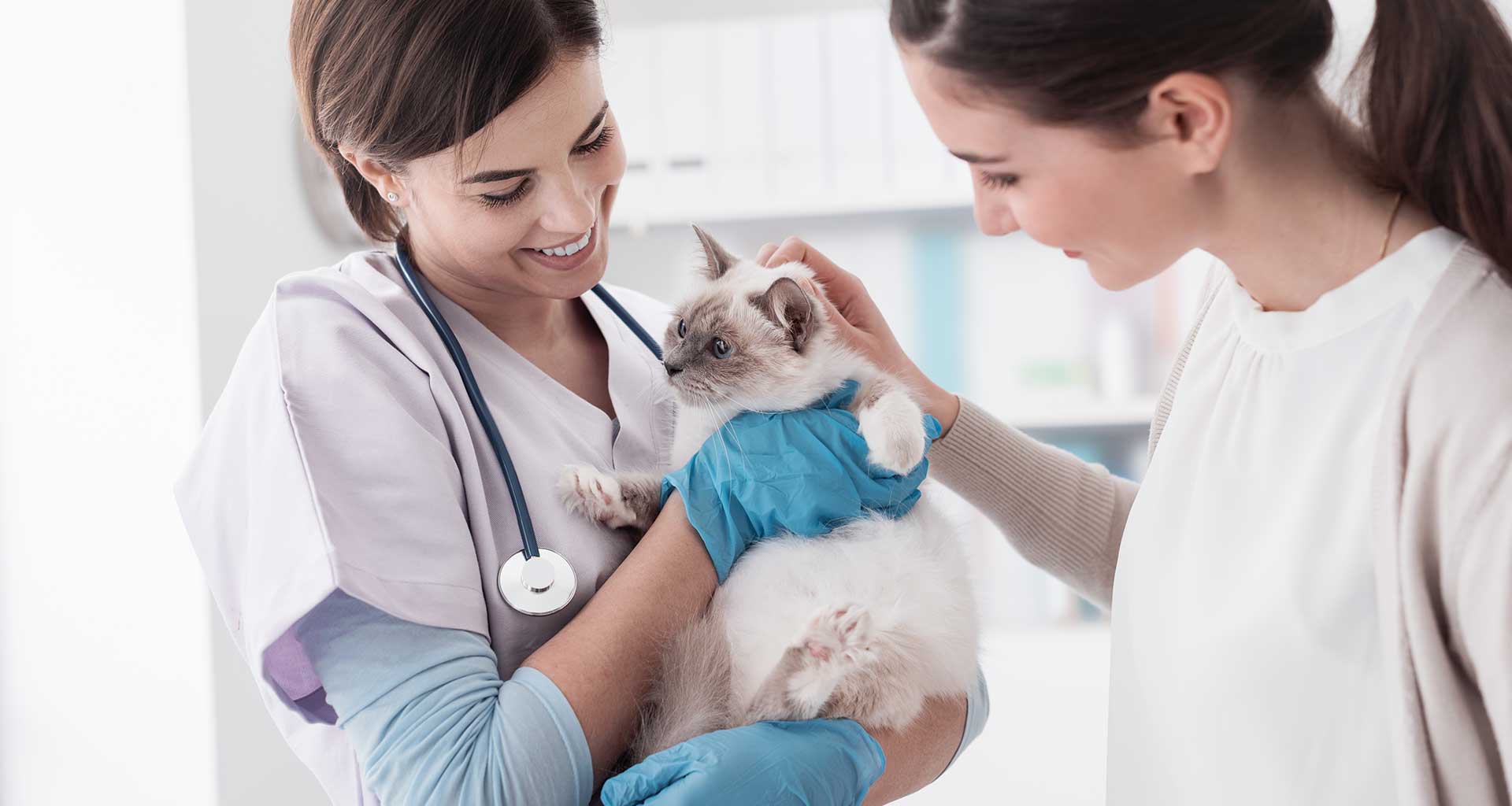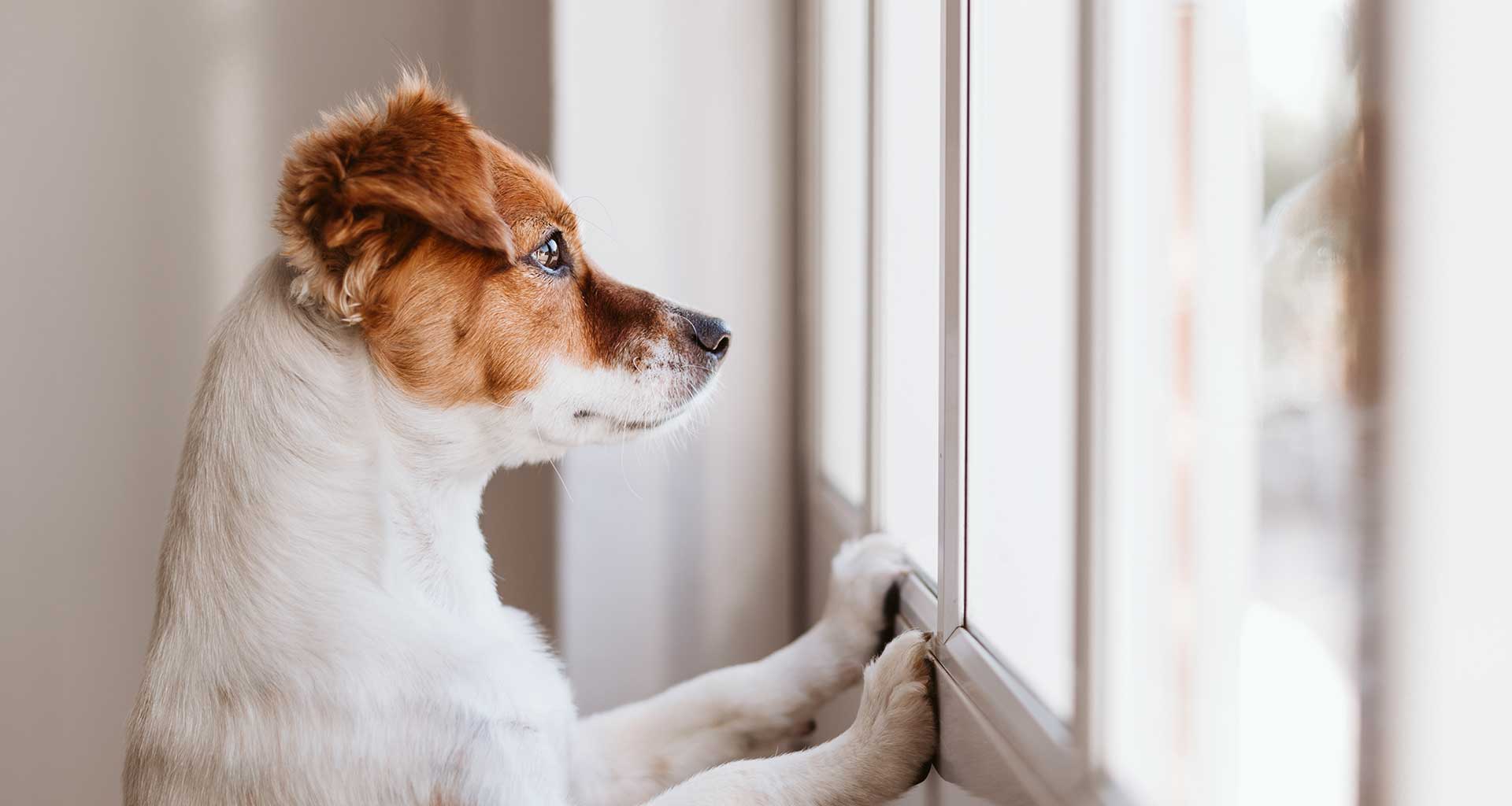The health and wellness of your pet depends critically on dental health, which is all too frequently disregarded. To avoid unwanted health issues later on, you should always make sure your dog or cat has a thorough preventative dental treatment regimen in place.
Ultrasonic technology for teeth cleaning and polishing
The most recent advancement in animal dental technology is ultrasonic cleaning. With the help of handheld equipment called ultrasonic scalers, vets can remove calcified, hard deposits from your pet’s teeth.
Along with washing and flushing the spaces among teeth and any open root areas with water, ultrasonic scalers also produce shockwaves that assist in destroying bacterial cells, keeping the animal’s mouth healthier for optimum cleanliness. The polish that follows smooths the tooth’s surface which further reduces plaque and germs accumulation on the teeth. For the greatest dental outcome, this surgery should take place under anaesthesia.
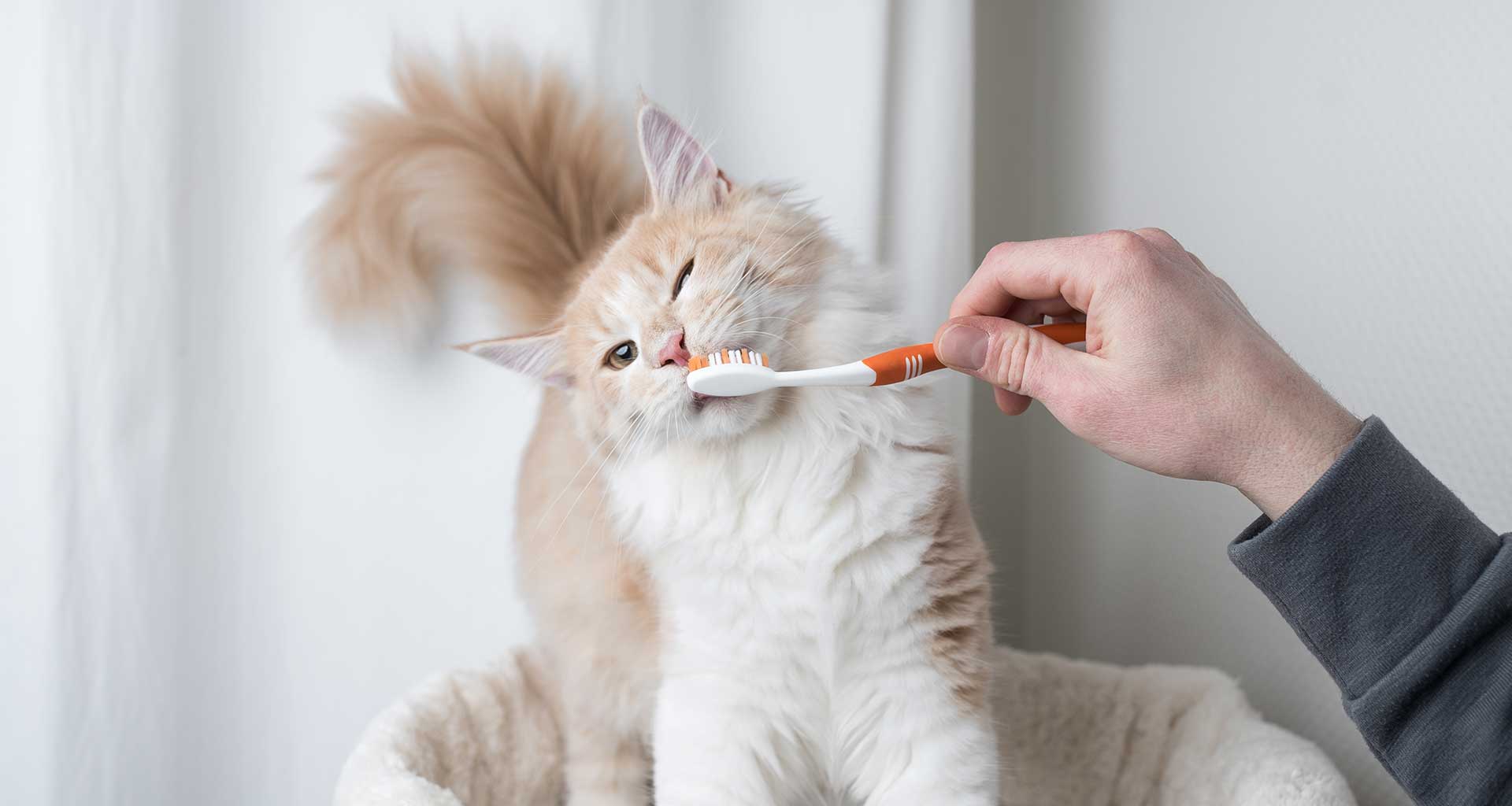
Dental check-ups for dogs
Does your dog have bad breath? This can be a crucial indicator of periodontal, also known as gum disease, occurring.
Gum disease is frequently present even when your dog’s teeth appear to be in good condition. According to study, 85% of dogs have gum disease by the age of three years old. The most noticeable symptom of gum disease is bad breath, but other warning signs include appetite loss, red or inflamed gums, teeth that are yellowing or teeth that are loose.
Your dog can develop an oral bacterial infection known as canine periodontitis. The condition progresses through four primary phases, from modest gum inflammation or small plaque build up to fully fledged gingivitis to moderate or serious periodontitis, which can lead to tooth loss or even damage to bone tissue.
Preventative care should be the top priority at your chosen veterinary practice, so while the majority of instances will necessitate a specialised cleaning regimen, they should also guide you in the right direction for keeping your cat’s or dog’s dental hygiene up to date over the long term.
Dental check-ups for cats
As with dogs, 85% of cats have gum disease by the age of three years old. If left untreated, periodontitis (or gum disease) can have very negative effects on your cat. Some of the milder symptoms include pain when eating and appetite loss but it can also result in tooth loss, and germs from beneath the gums can spread to your cat’s organs leading to other health issues.
Once gum disease in cats develops, there is no recognised treatment, but the condition can be efficiently controlled. In order to maintain the gum health of your cat, your veterinary practice should strongly believe in preventative treatment. They should guide you in maintaining your cat’s oral hygiene in between examinations.
Puppy and kitten teething issues
The most noticeable symptoms of teething, which can be uncomfortable for puppies and kittens, is excessive biting, appetite loss, or trouble chewing or eating. However, owners frequently confuse this symptom with more serious ones. If your puppy or kitten has severe teething problems, call your veterinary practice for a more thorough examination and treatment strategy
Abscesses and tooth decay
For the long-term well-being of your animal, treating dental cavities, abscesses, and tooth extraction are crucial. No matter what kind of pet you have, your veterinary practice should have the knowledge and resources to ensure that the issue is resolved effectively the first time.
How frequently should you get dog or cat’s teeth cleaned by a professional?
The right response can vary according to the type of animal, as certain lifestyles and foods might increase a dog or cat’s susceptibility to plaque and tooth sensitivity. Majority of the time, it is advised that your pet has an annual ultrasonic teeth cleaning, but contact your veterinary practice for a thorough evaluation of your pet’s requirements.
Should you clean your pet’s teeth in between dental visits?
Yes, you must ideally brush your dog or cat’s teeth and gums every day. Although many pet owners find it impractical, it is firmly advised to start a good oral cleaning routine as frequently as possible, when it is convenient for you.
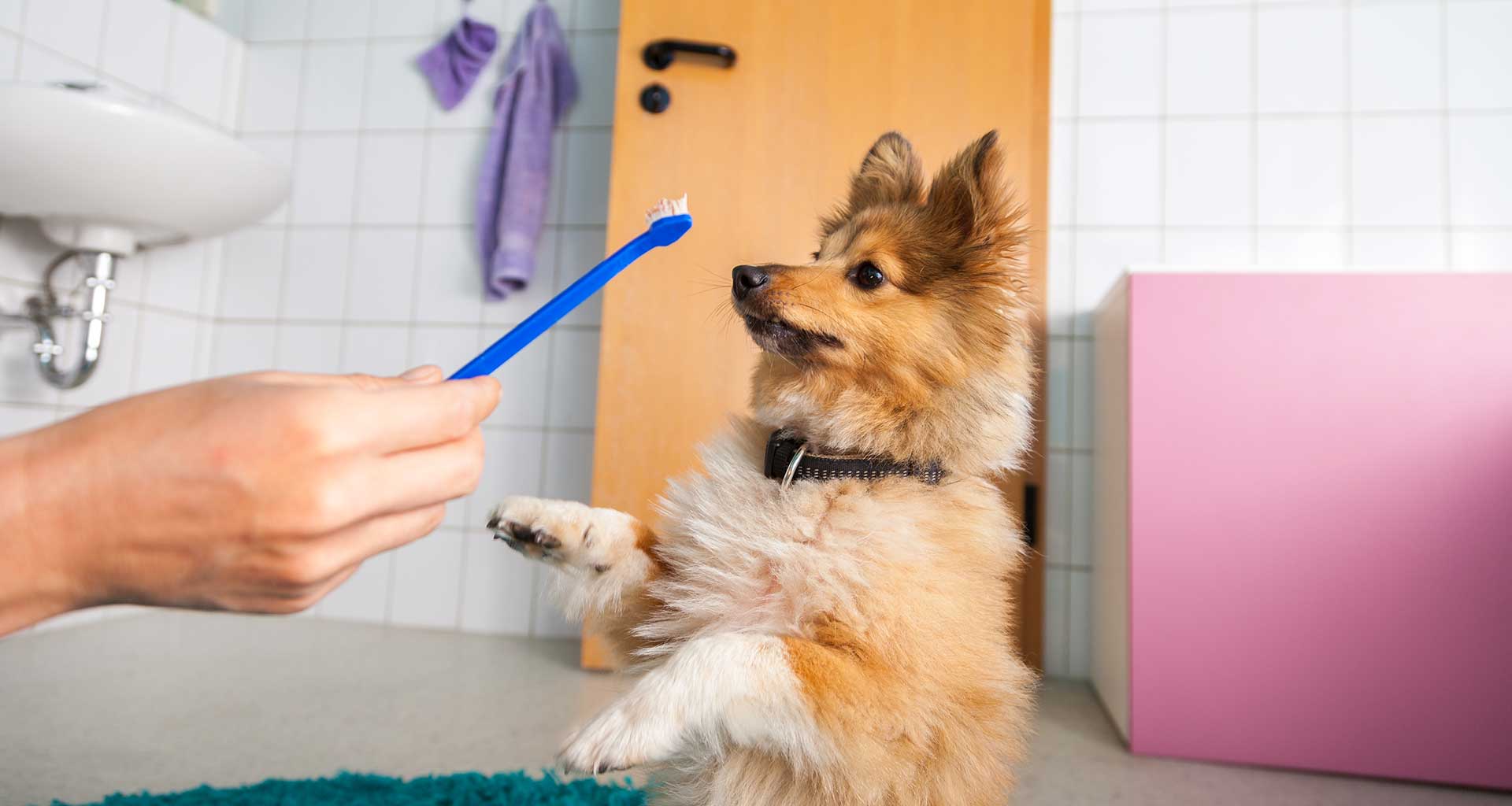
How do you clean your pet’s teeth properly?
For the best preventative dental health care, it is advised to use a specialised finger brush made to fit your dog or cat’s size to physically clean their teeth and gums. Making certain that your pet has a consistent supply of dry food on hand will also help prevent unwanted dental problems as this can assist with combatting the accumulation of plaque deposits. To make sure the required level of physical abrasion is present, make sure your pet is munching this food and it should make chewing sounds. Frequent “teeth treats,” which are specifically created nibbles that are made to get rid of tartar and plaque build-up, can also be used to treat your pet. Be sure to ask your veterinary practice about recommended toothbrushes, dental toothpastes as well as dental treats.
Do older dogs and cats need specific dental treatment?
The danger of dental illness in pets increases with age, so watch out for signs of loosening or sore teeth, trouble swallowing, or appetite loss in older animals, and definitely ensure they visit the dentist on a regular basis every year.
Do smaller animals need specific dental treatment?
The dental health of your pet may be compromised because smaller animals are highly likely to have teeth that are crowded or crooked, which can be challenging to keep clean. To avoid any specific problems, it is advised to keep a close eye on the dental and gum health of smaller pets. You should also ensure they get their yearly dental examination to prevent future issues.
How can you tell if your pet has dental problems?
Once their dental hygiene is compromised, both dogs and cats exhibit comparable signs. The most typical signs are foul breath, or you can see tartar developing on their teeth that is yellowish-brown in colour. A decrease in appetite, eating without chewing, and your pet rubbing their mouth with their front paws are some of the more serious signs. Additionally, be on the lookout for extreme drooling and any obvious gum bleeding or discoloration in your pet.
